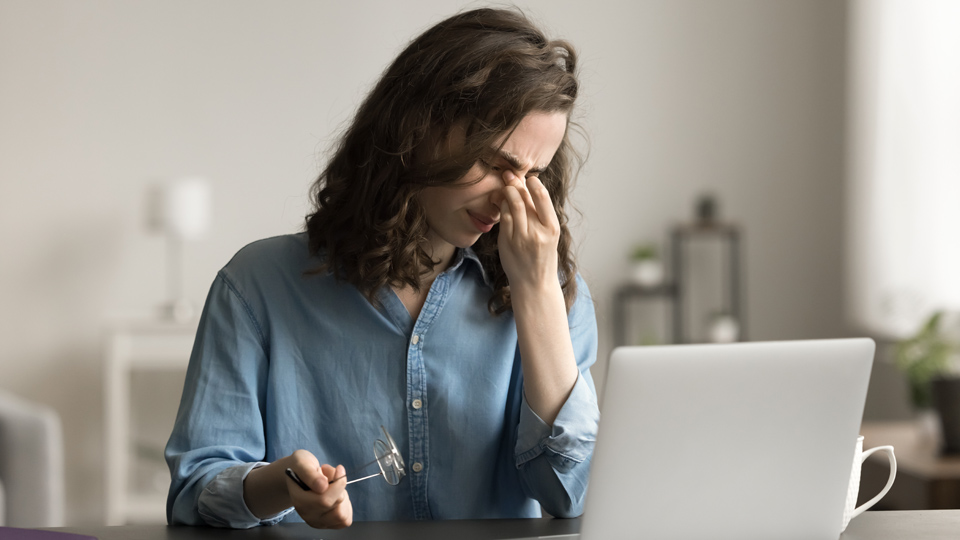All about the skin around the eyes and “drooping” eyelids
04/04/2025

10/02/2025
Dry eye is a common condition that affects millions of people worldwide. It occurs when the eyes do not produce enough tears or when tears evaporate too quickly, leading to a lack of lubrication on the eye's surface. This condition can cause significant discomfort, including burning, itching, a foreign body sensation, and blurred vision. While dry eye can be temporary, in some cases, it becomes a chronic issue that requires medical attention.
Causes of dry eye
Several factors can contribute to the development of dry eye. Below are the most common ones:
Blinking also plays a crucial role. This natural movement helps evenly distribute tears over the eye surface, ensuring proper protection and visual quality. On average, during a conversation, we blink about 15 times per minute, but when staring at screens, this rate decreases to just 5 times per minute. Blinking less frequently encourages tear evaporation.
Prevention of dry eye
Preventing dry eye involves adopting measures that improve tear production and quality while reducing eye irritation. Some key recommendations include:
Conclusion
Dry eye is an uncomfortable condition that can significantly impact quality of life. However, with proper preventive measures and early diagnosis, its symptoms can be managed and alleviated. Adopting healthy habits and consulting a professional if symptoms persist are key steps in maintaining good eye health.
Dr. Rubén Delgado, Ophthalmologist at the Barraquer Ophthalmology Centre
El ojo seco es una patología crónica que consiste en la escasez de la cantidad de lágrima y/o en el deterioro de la calidad de la misma produciendo una inflamación de la superficie del ojo. Las lágrimas son esenciales para mantener la superficie del ojo lubricada, proporcionarle nutrientes y protegerlo contra infecciones. En este capítulo hablamos con el doctor Rubén Delgado sobre algunas cuestiones básicas sobre el ojo seco y los tratamientos que ofrecemos en Barraquer.